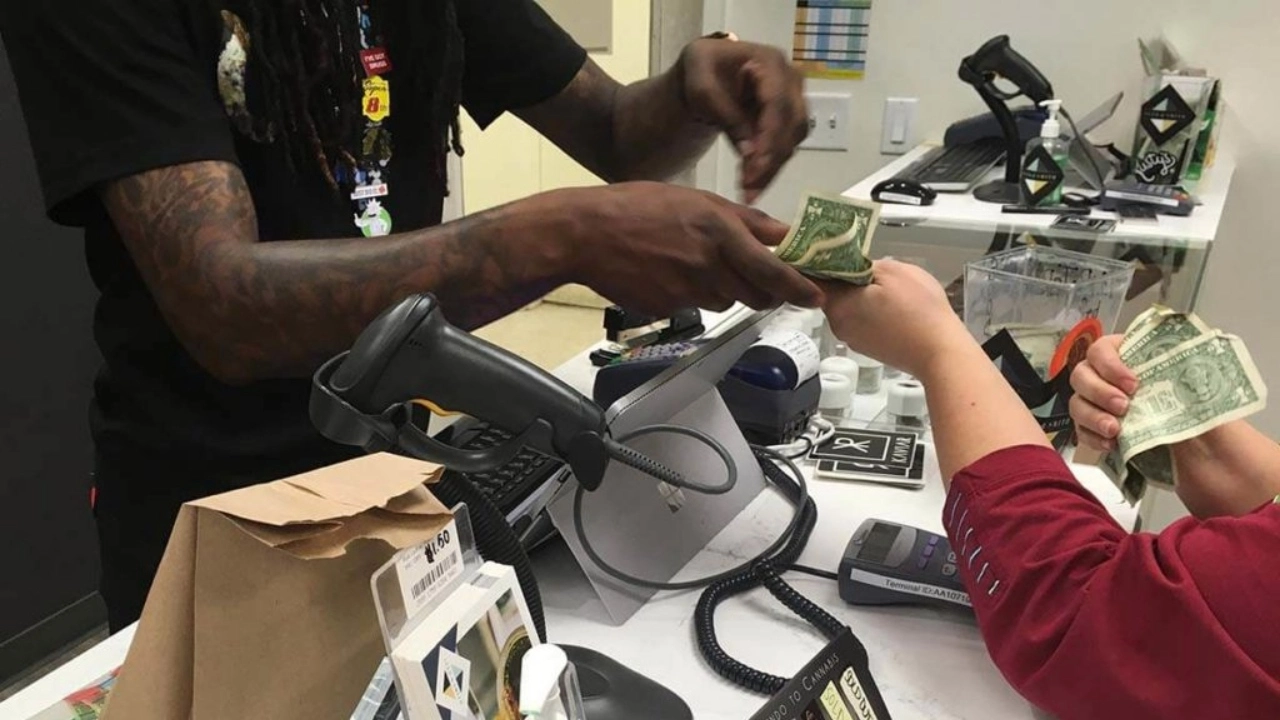(This story is part of the cover package in the January-February issue of MJBizMagazine.)
Even with a state-mandated compliance system and an enterprise resource planning (ERP) system as backup, cannabis businesses are still vulnerable to human error.
Such mistakes can lead to inaccurate plant counts, incorrectly entered weights and package-numbering oversights, which can create the perception that your cannabis business is out of compliance.
The best way to guard against that is supplementing your compliance system and ERP with audits that serve as a triple-check in a marijuana company’s compliance regimen.
“Routine auditing of your system is really important,” said Matthew Gamble, chief operating officer at Native Sun in Massachusetts.
“When the state comes in, they’re going to scan all our RFID tags. And if there are discrepancies, then that’s on us.”
‘Good backstops on processes’
“There are many people in the system, and mistakes happen. To think that a human won’t make a mistake is a very foolish approach to business,” Gamble said.
“Making sure to routinely catch those mistakes and correct them will go such a long way for your company.”
Mistakes can happen in the cultivation and production departments as well as retail.
For starters, any cannabis employee who works with plants, products and inventory on the production side interacts with a seed-to-sale software platform, as does anyone who works with marijuana inventory and finished packages on the retail side.
If a plant is moved from one room to another, it has to be recorded in Metrc, Gamble said.
“We deal with tens of thousands of plants and thousands of packages of finished goods,” he said.
“So, the opportunities for mistakes are real: poorly inputted data or skipping steps, or you can click the wrong checkbox.
“There are a million different things that can go wrong. Ensuring that you have good backstops on processes and can see the changes that humans made … and then handling those quickly is super important.”
Jon Marshall, chief operating officer at Nevada-based Deep Roots Harvest, agrees that mistakes happen easily.
For example, when a plant dies, it is of course removed from the larger group, but its tag number also has to be removed from the system.
However, employees sometimes throw away the dead plant – tags and all – before recording the loss in Metrc.
“Now we have a variance,” Marshall said of the shoddy practice.
“On the retail side, when you have an integration to another piece of software, you have unique identifiers that line up the different database entries between the two systems. So, mistyping a key on one system will essentially unlink the record between the two,” Gamble said.
“Careful control of your keys and tags is critical: If something gets unlinked, you could have sold all of it, but then Metrc thinks you still have your entire inventory in the back room.
“Unwinding that ball of string is complicated.”
How cultivation audits work
Auditing is a straightforward but laborious process that is increasingly helped by technology.
On the cultivation side, auditing boils down to double-checking and recording plant numbers and movements from room to room – and eventually to packaging.
For example, cultivation staff routinely check the number of plants in rooms against what is inputted in Metrc.
“We check all those tags and physically confirm that we have all the plants in this room. It’s a matching game where you want to make sure that what it says in Metrc is exactly what, physically, is in the room,” Gamble said.
“Every time the plants move from one room to another, there are humans double-checking to make sure everything is the same, that no plants are missing.”
For example, when a room is harvested, each plant has to be individually weighed, and that weight is recorded in Metrc along with the plant’s tag ID.
“We have to harvest the room very quickly to preserve the products. But we also have to be extraordinarily accurate in our scanning and weighing of all the tags and plants so that we have accurate harvest numbers, which get reported to the state,” Gamble said.
Native Sun also uses RFID scanners from a cannabis-centric ancillary company in Maryland called Outlaw Technology.
The scanners can plug into scales so that, when a plant is weighed after harvest, the scanner can record the RFID tag number of the plant as well as its weight.
Deep Roots Harvest in Nevada takes a similar approach.
“We’re doing almost perpetual audits. We audit probably daily some aspect of our business,” Marshall said,
“In retail, we’re pulling a batch of gummies off the shelf and making sure that if it says there’s 250, there’s 250.
In the grow rooms, we’re going through and doing random spot checks where we say, ‘In Room 1, we’re supposed to have 150 Bubba Kush plants. Let’s go make sure we have 150 plants.’
“So, we’re always verifying that inventory.”
Deep Roots is “constantly going into rooms, auditing rooms, auditing production batches, auditing trim,” Marshall said.
“When we do handoffs, if we make 15 pounds of trim in cultivation and send it to production, we verify that the weight when it’s received in production is the same as what it was when it left cultivation.”
Package adjustments
Another important part of auditing compliance processes is what Marshall calls “package adjustments” to discrepancies, which can happen in different ways.
For example, a package advertised as an eighth of flower, or 3.5 grams, might actually contain 3.6 or 3.7 grams of cannabis flower.
“If you started with a pound of flower, you’re never going to package exactly a pound of flower,” Marshall said. “Some of it is going to fall on the floor, there’s going to be a little bit more than 3.5 (grams) in every bag.
“So, at the end of the whole packaging session, you might have to do a packaging adjustment to the state and say, “You know what? Fifteen grams just disappeared, and it was due to our packaging loss, or our packaging overage.
“There’s a lot of little minutiae of reconciling where those variances occurred, and why.”
It happens with cannabis oil, too, Marshall said, adding that Deep Roots must make these adjustments almost hourly.
If 1,000 grams of oil are slated to go into vape cartridges, some of that oil will stick to the inside of the jar – and not every vape cartridge will contain exactly 1 gram.
“When you are finished filling those cartridges, you’re going to have some variance,” Marshall said.
“You’re then going to have to go reconcile that out and account for any loss.”





